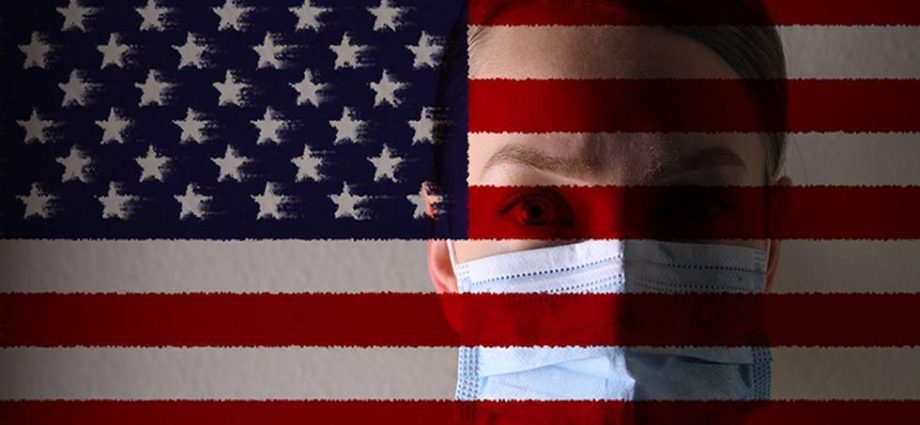THURSDAY, Aug. 26, 2021 (HealthDay News) — One-third of the U.S. population — about 103 million people — had been infected by the SARS-CoV-2 virus by the end of 2020, but more than three-quarters of the cases weren’t officially confirmed, according to a Columbia University study.
“It is these undocumented cases, which are often mild or asymptomatic infectious, that allow the virus to spread quickly through the broader population,” author Jeffrey Shaman said in a university news release. He’s a professor of environmental health sciences at Columbia’s Mailman School of Public Health.
In 2020, confirmed cases rose from 11% in March to 25% in December, reflecting more and better testing, and greater public awareness, the researchers reported.
The confirmation rate remained low because people with mild or asymptomatic infections were less likely to be tested, even though they could still infect others.
Shaman and his team found that certain regions had higher rates of infection. More than 60% of people in areas of the upper Midwest and Mississippi valley — including the Dakotas, Minnesota, Wisconsin and Iowa — are believed to have been infected, for example.
By the end of 2020, the percentage of infected residents in five cities studied stood at 52% in Los Angeles; 48% in Chicago; 44% in New York City; 42% in Miami, and 27% in Phoenix.
Cities’ infection rates peaked at different times of the year. New York and Chicago had large waves in the spring, fall and winter but little activity during summer; Los Angeles and Phoenix had summer and fall/winter waves, and Miami had waves throughout the year.
Los Angeles County — the nation’s largest with more than 10 million people — had a particularly large wave during the fall and winter and had a community infection rate of 2.4% on Dec. 31.
At the end of 2020, about 1 in 130 Americans (0.77%) was contagious, and 0.83% were infected but not contagious, researchers estimated. In some cities, the percentage of people who were infectious was much higher, according to findings published Aug. 26 in the journal Nature.
Nationwide, COVID death rates fell from 0.8% in the spring of 2020 to 0.3% at year’s end as public health measures were tightened and treatment improved.
The researchers said several factors will influence the pandemic’s course in the United States in 2021, including more contagious variants that make reinfection and breakthrough infections more likely.
“While the landscape has changed with the availability of vaccines and the spread of new variants, it is important to recognize just how dangerous the pandemic was in its first year,” said Sen Pei, assistant professor of environmental health sciences.
More information
The U.S. Centers for Disease Control and Prevention has more on COVID-19.
SOURCE: Columbia University, news release, Aug. 26, 2021
Copyright © 2025 HealthDay. All rights reserved.

